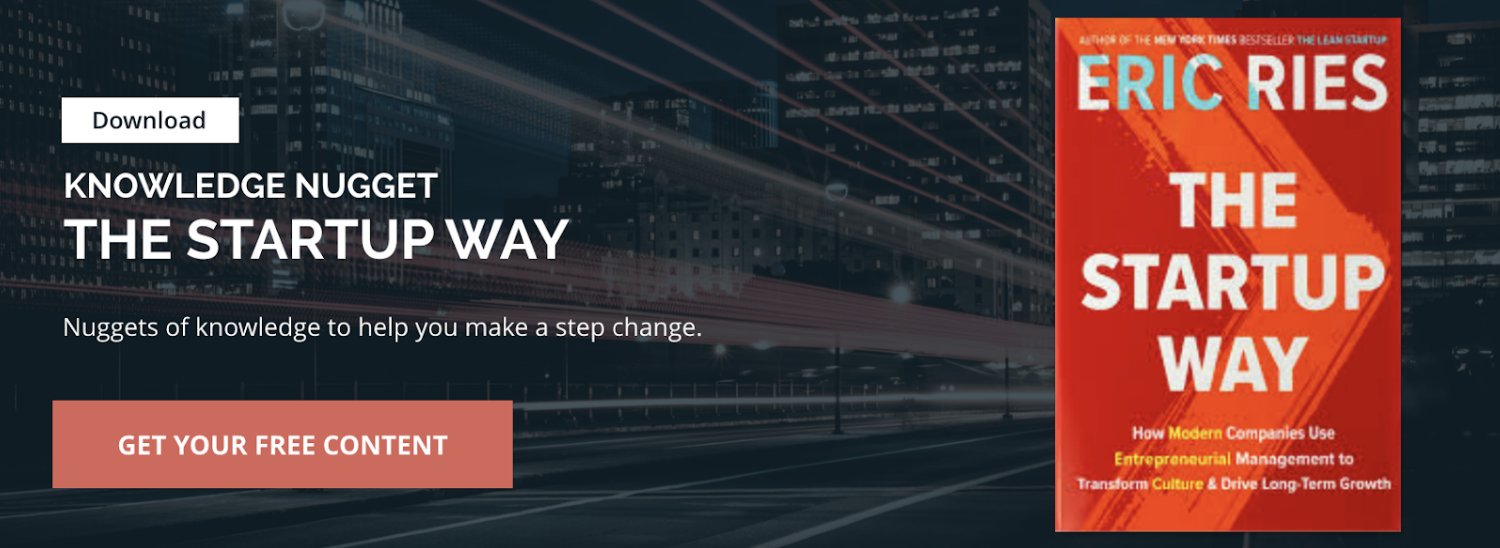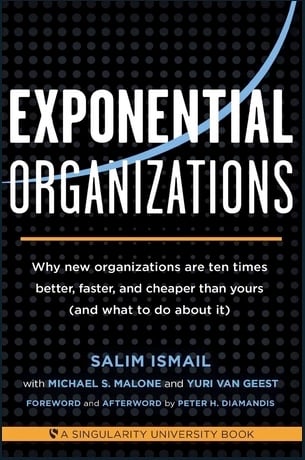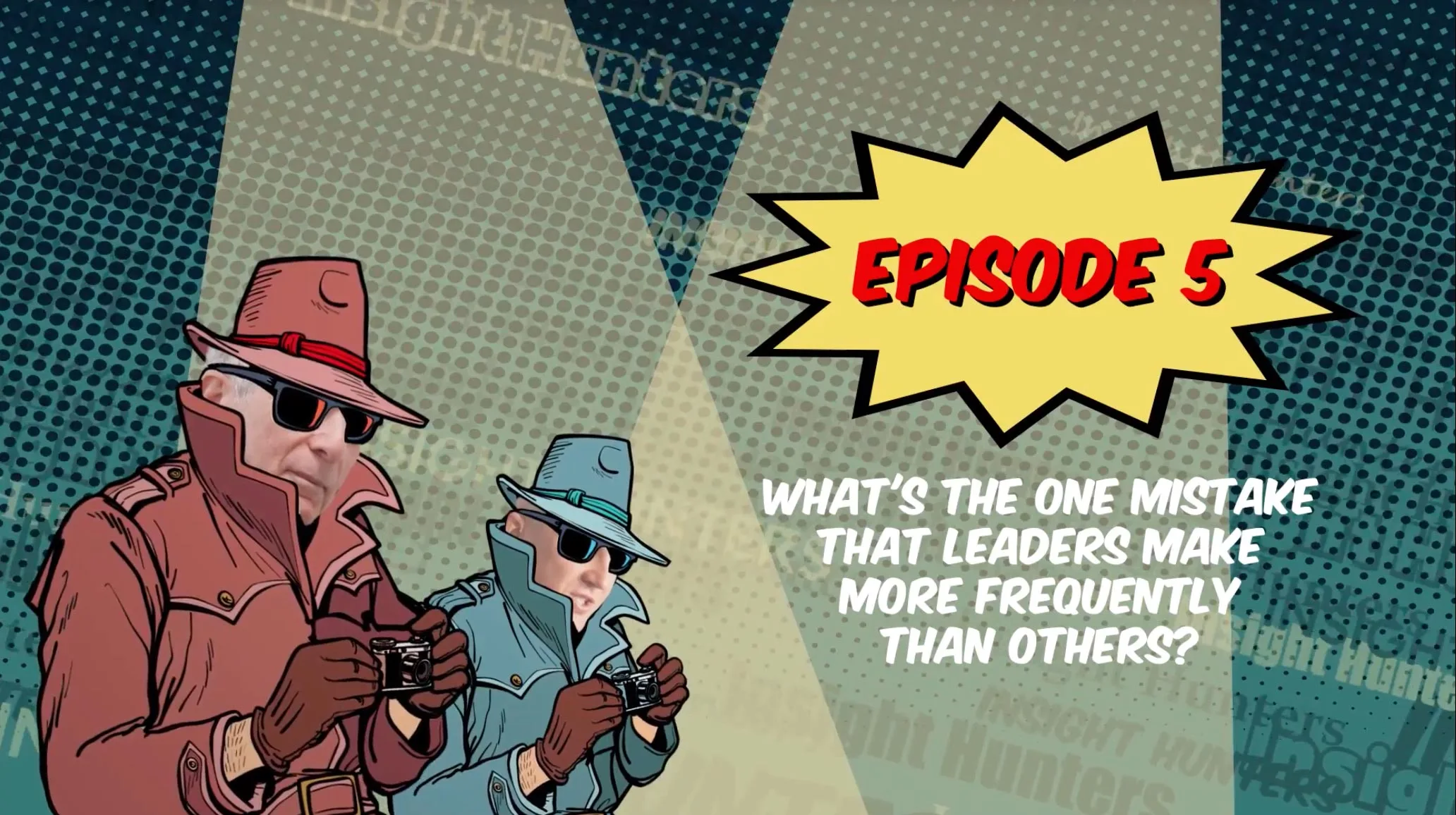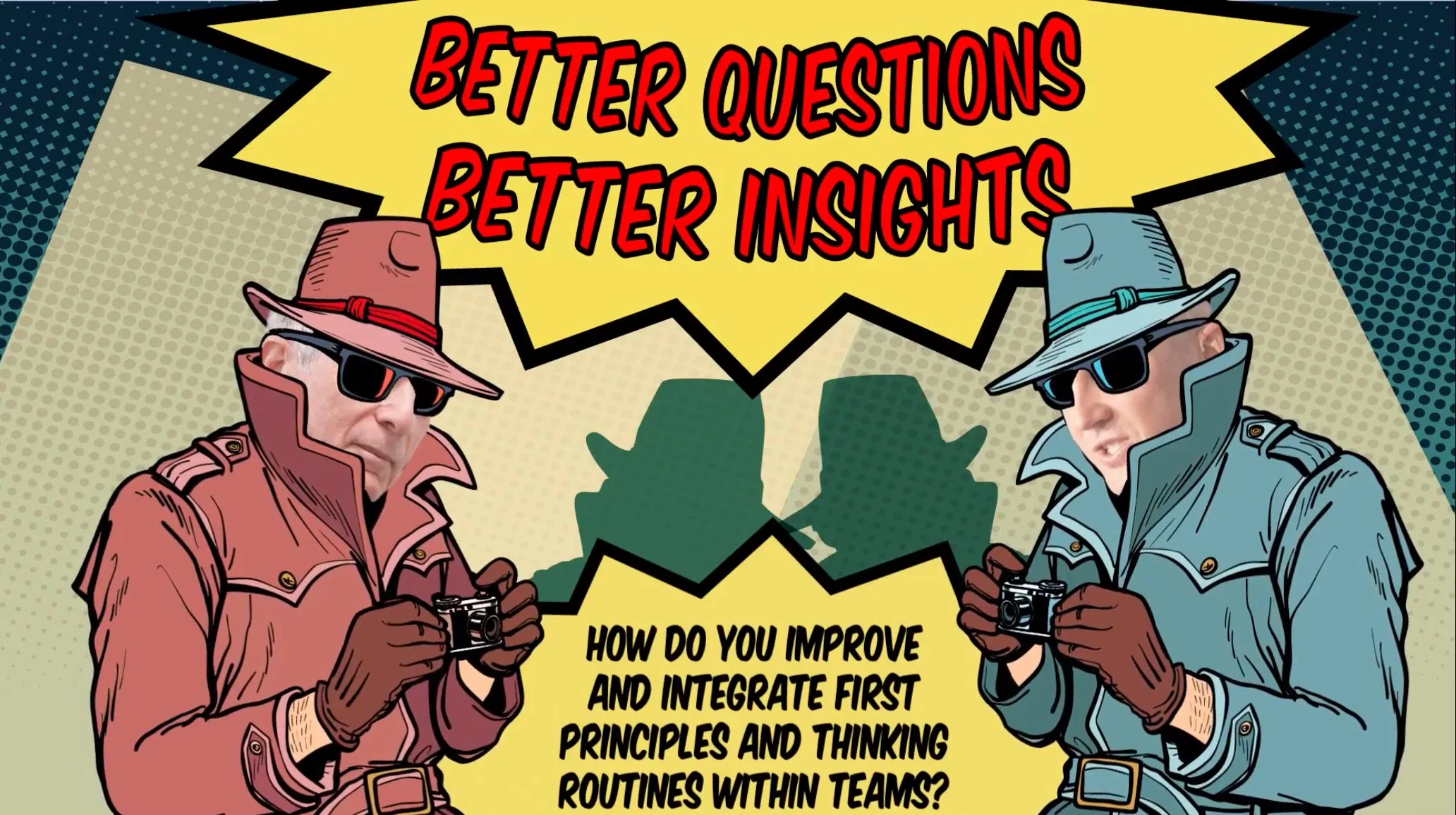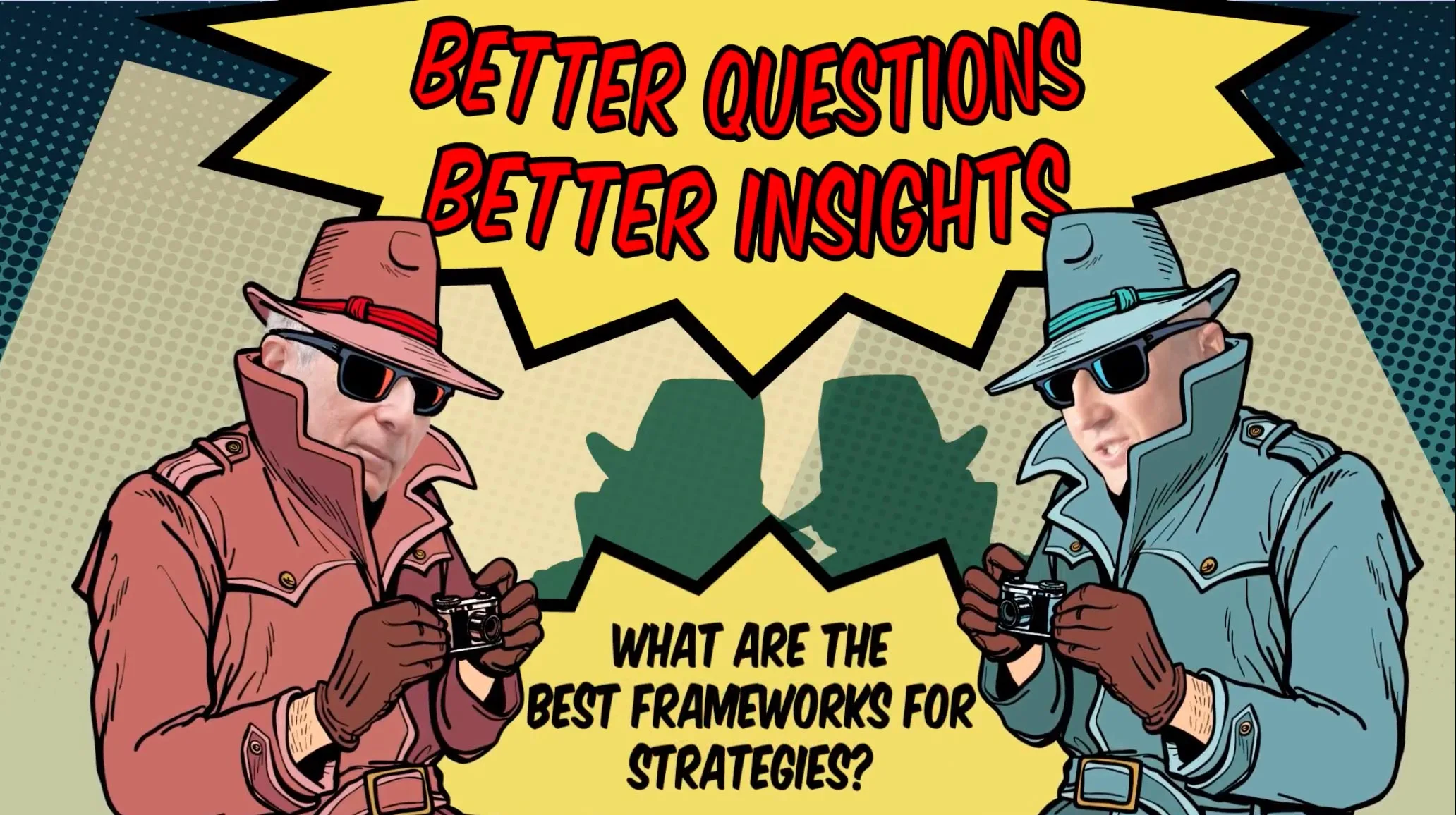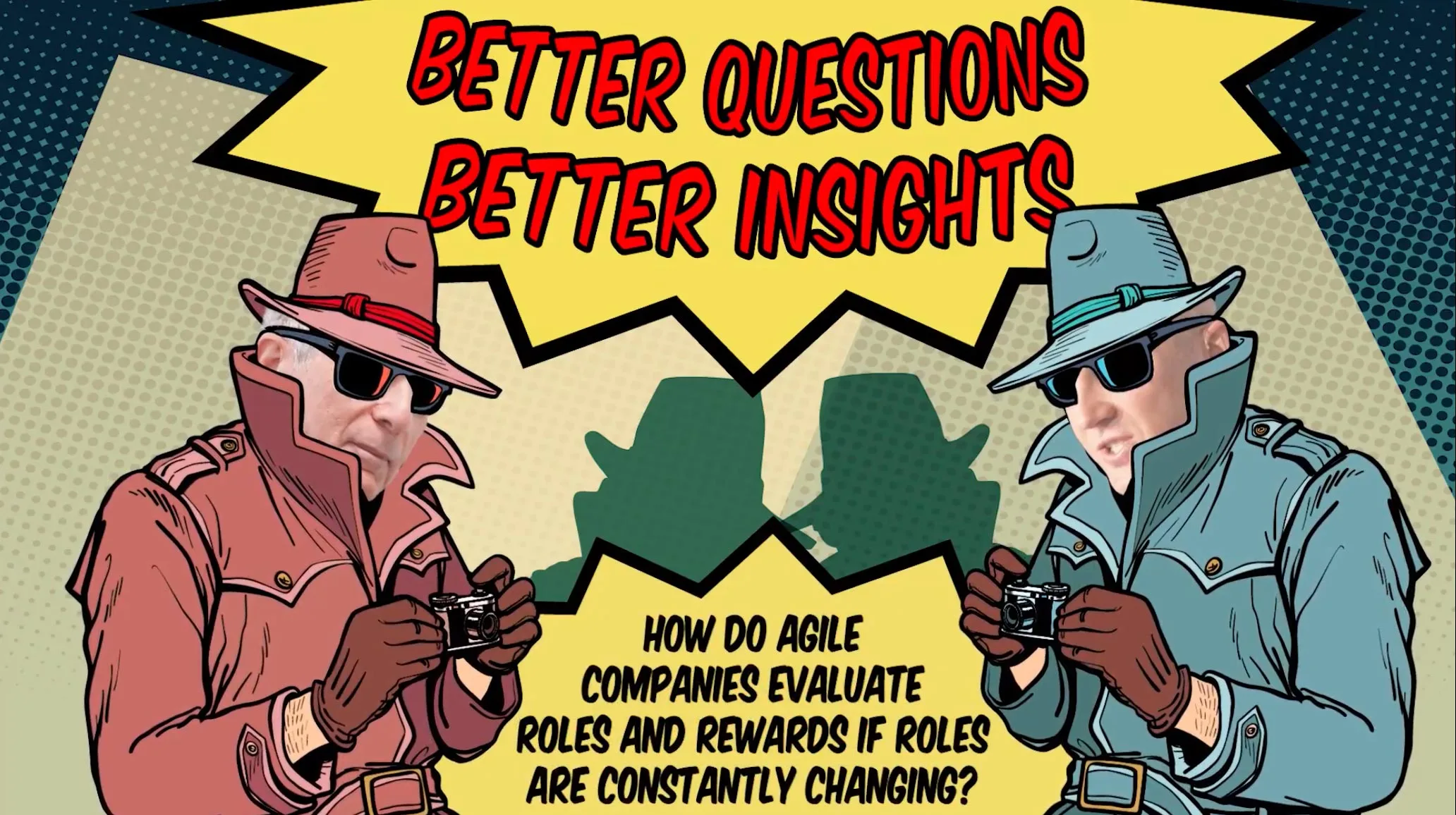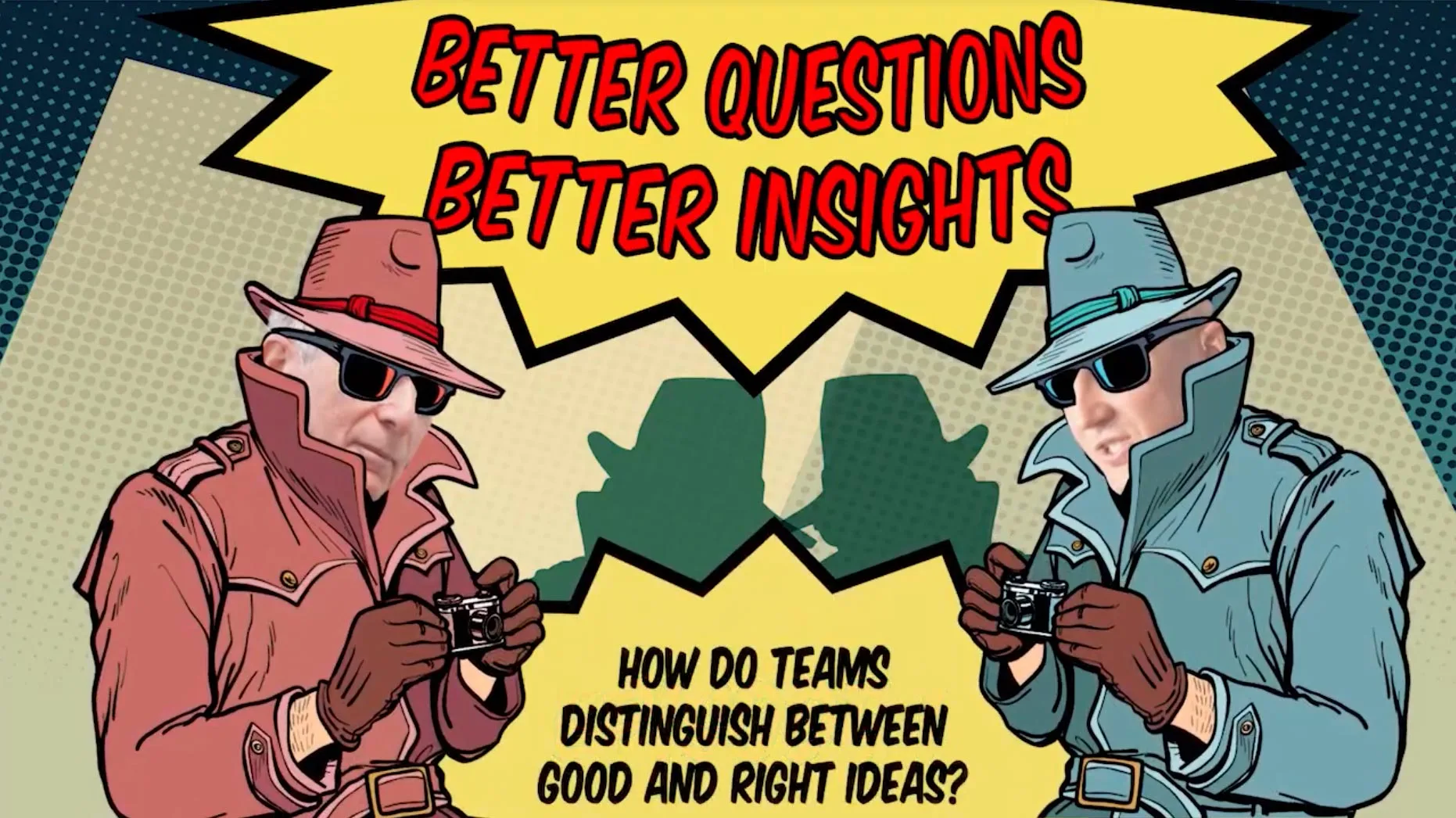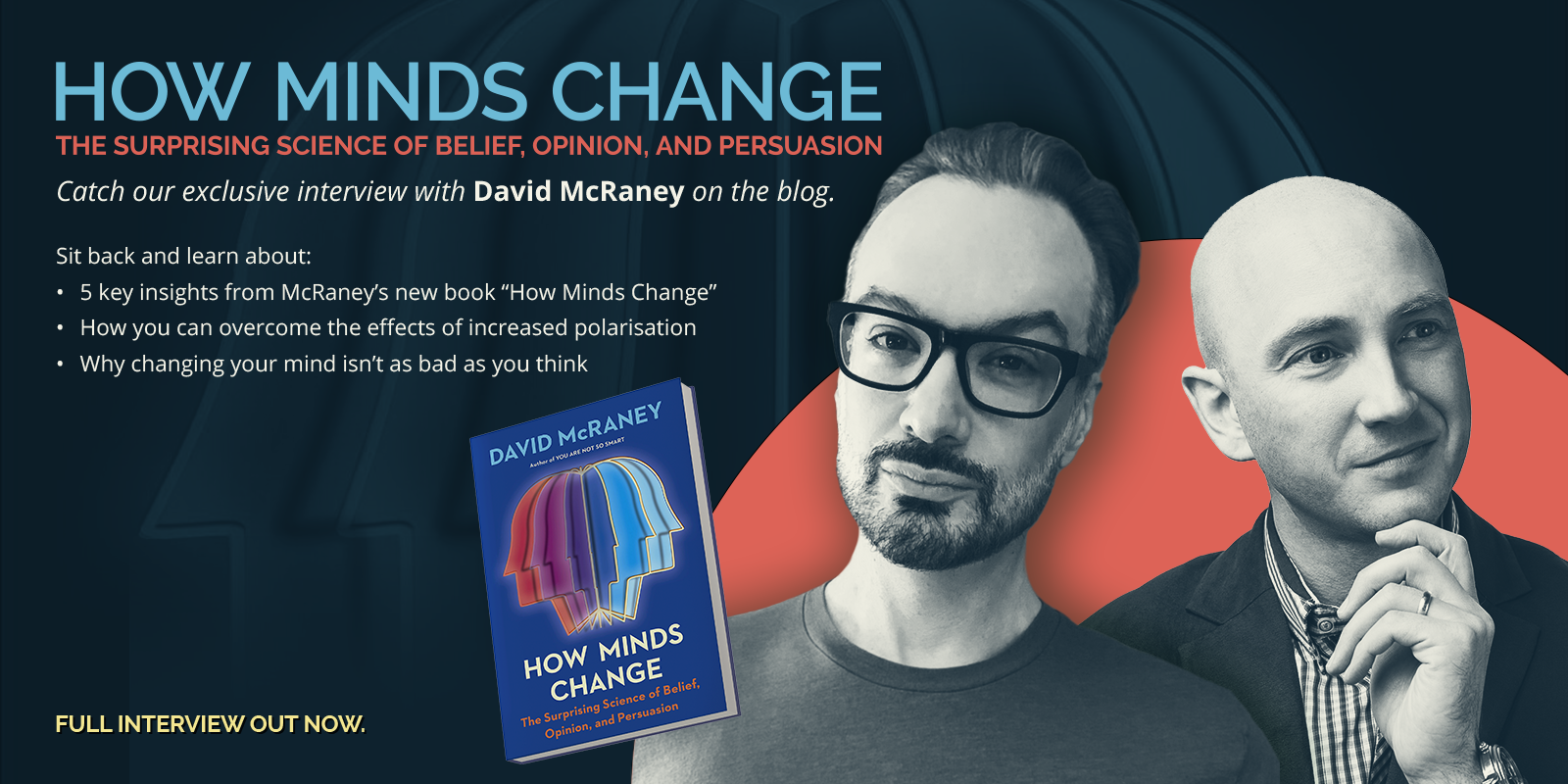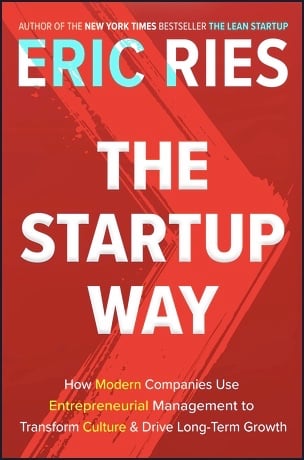
The Startup Way
How can organisations of all sizes achieve sustainable growth and long-term impact? In this week’sKnowledge Nuggets, we’ll dissect the valuable key takeaways in the book The Startup Way by Eric Ries.
Insight: Many organisations of different sizes are struggling to find new ways to innovate and grow.
Data: 80% of Australia’s CEOs are concerned about economic growth in 2020. (Source)
What’s the step change: To thrive in the future, learn how to adapt to new business models, get more creative, and find new ways to innovate.
The Startup Way by Eric Ries is the follow-up to The Lean Startup, which was really the guide and handbook for the Startup Way.
It follows example after example of businesses going through that scale-up journey. Now, Clayton Christensen in The Innovator’s Dilemma covers why large organisations hadn’t been as successful in innovation as smaller companies.
Why can’t large organisations follow the start-up way? That is where Eric Ries’ book comes in.
It covers the idea of a modern company and modern companies are really looking to be purpose-led, to be customer-led, to be agile in their focus and in the way they think about value, getting feedback, and also on how they deliver their funding.
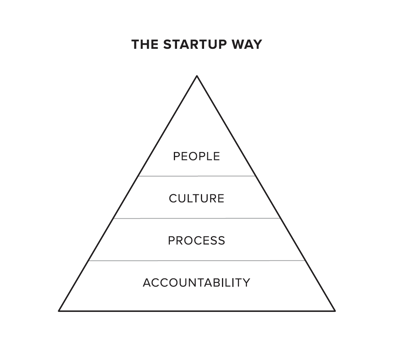
image source: The Startup Way - Eric Ries
According to Ries, startups and modern companies succeed for the ff. reasons:
- Respect among all employees
- Disciplined
- Sustained impact and long term
- Cross-functional teams, not waterfalls
- Rapid programs
- Focus on serving customers
- Focus on lead indicators
- Think big. Start small. Scale fast.
- Metered funding as gates are proved
- Reward productive failures
- Beyond competition
The kick-off for large organisations is thinking about smaller cross-functional teams within those larger companies. It is very difficult to get the sort of change needed in a large company but smaller, cross-functional companies being the key where you might have innovation, project lead, legal, and even sales and marketing coming together at the start of the project is at the heart of it.
This book follows the journey of companies like GE and how they have transformed the way they think about innovation.
Here are the four key takeaways that we feel will be useful for any-sized organisation.
1. Start with a Problem Statement
Are you starting with a problem statement? This refers to the problem that this organisation is trying to solve. Is that problem real? How are they currently solving it? Can you solve it better?
So the first key takeaway is to ask yourself, “Have you started with a problem statement in your innovation?”
2. Test Scaling Assumptions
The two scaling assumptions that are most prevalent are:
- The value hypothesis — Can we deliver value to the customer and value to the organisation moving forward?
- The growth hypothesis — The more customers we get, the more valuable we will be and we can scale into the future.
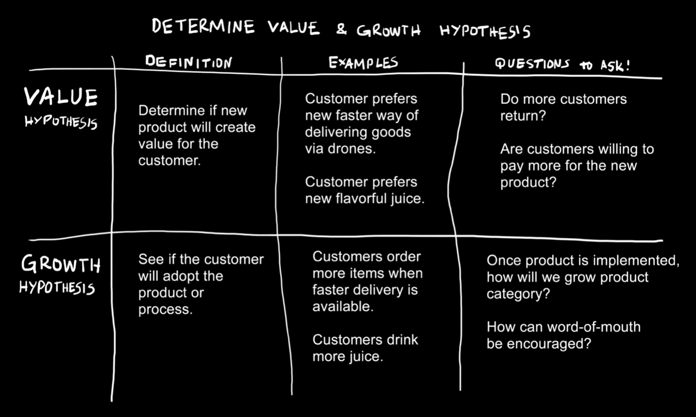
3. The Pivot/ Preserve Meeting
This is a meeting that happens every 6 weeks, in 2-3-week cycles. Every 6 weeks, the organisation or the project team have a meeting called the Pivot or Preserve which sits across the product, the processes, and the people and tells the team what do we need to keep and what do we need to pivot around to make sure we’re continuing to show progress and deliver value.
4. Metrics Staging
This brings us to the last point that we’ll be covering today, which is called staging the metrics or metric staging. The metrics for success for this venture starts to scale quite differently.
- Stage 1. This is all about the unit economics or unit metrics which says per delivery. What’s the value of how we track that?
- Stage 2. The validation of leap-of-faith assumption which says the bigger the assumption of how the business clips together, and how we can actually grow this thing, need to be validated. We should progress not only in a unit sense but also as an entity or a divisional sense.
- Stage 3. Turning learnings into cash flow which shows we are growing value for the organisation over time.
So these are examples of what we can extract from The Startup Way so we can apply it to any-size organisation before things are pulled out.
Start with the problem statement, test your scaling assumptions, pivot and preserve, and then make sure that you are able to change your metrics over time.
So these are examples of what we can extract from The Startup Way so we can apply it to any-size organisation before things are pulled out.
Start with the problem statement, test your scaling assumptions, pivot and preserve, and then make sure that you are able to change your metrics over time.
Download our Knowledge Nugget on The Startup Way:
